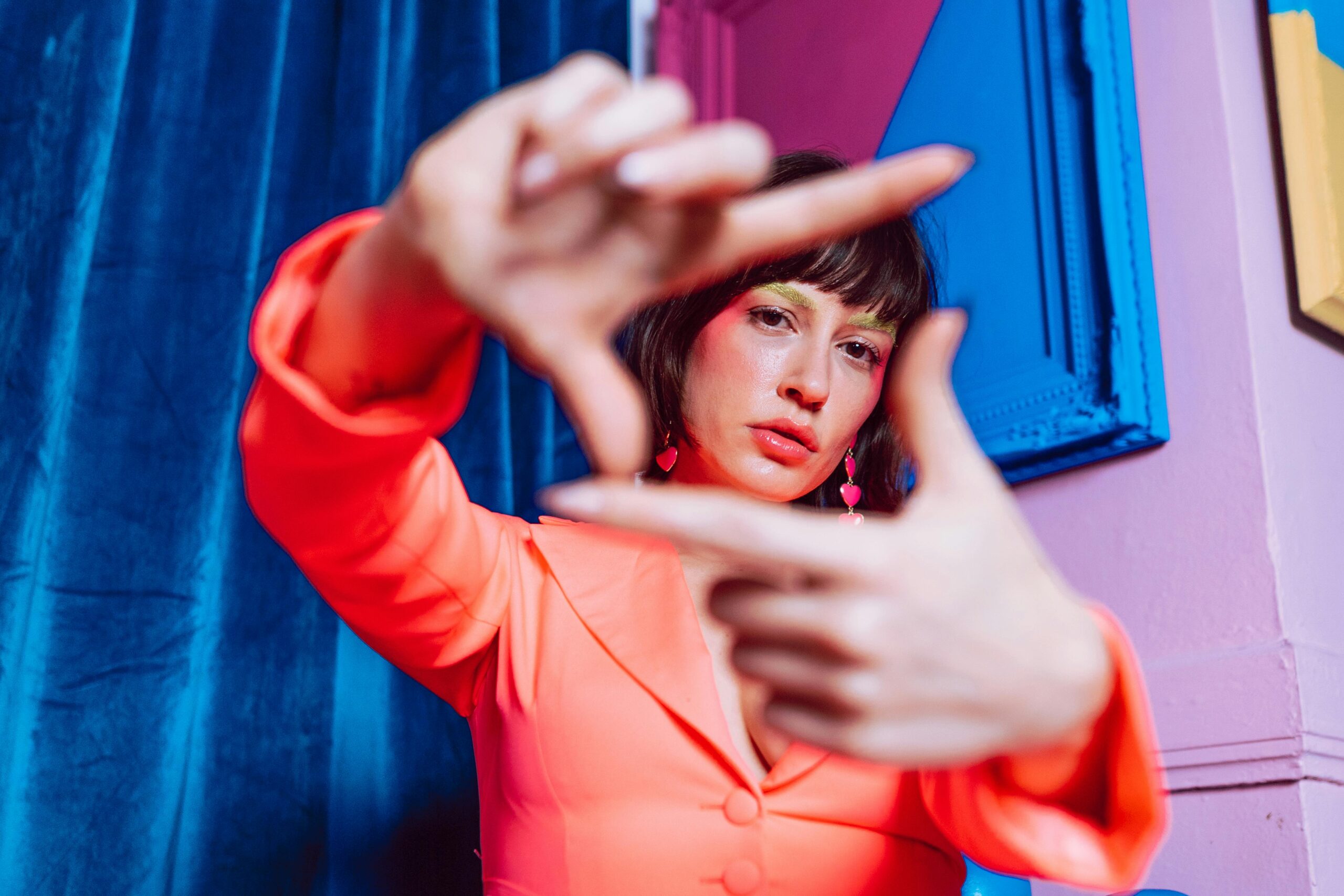Happy International Transgender Day of Visibility!

Today is International Transgender Day of Visibility, which falls each year on the 31st March.
The day exists to help raise awareness and also celebrate the lives of trans people and draw attention to the discrimination, violence and poverty trans people face as a result of prejudice, ignorance and misinformation. Trans people are an incredibly diverse community. The term trans has been applied variously to people who you would likely never know were trans because they present as their birth gender while not entirely or consistently identify with their birth gender, through to people who use gender neutral pronouns, dress in clothes historically associated with people of the other anatomical sex. I am going to briefly explore the origins of the conflict between trans people and gender critics, explore some of the complexities in defining sex and gender biologically and culturally, and reflecting on how the social and physical violence meted out against trans people is an attempt to punish deviation from cultural expecatations rather than a rational response to any kind of threat.
Biological sex – splitting the continuum
It is a deeply ingrained myth in our culture that humans are born into one of two clearly defined genders. The division of people into two ‘biological’ sexes only makes intuitive sense until you start to explore human biology in a little more detail. Around 1 in 50 people are born intersex – without a clearly defined gender and often with both male and female reproductive systems. Looking across the population, there are many more people with genetic, hormonal, histological and neurological traits associated with the ‘opposite sex’. Many trans people were born intersex, arbitrarily assigned a biological sex at birth and surgically altered to match that chosen sex, and then grow up to identify with the opposite gender. Men and women are more similar than they are different; the differences between them are inconsistent at most levels. Given that many intersex people are born with male and female reproductive organs, and that others exhibit both male and female tissues, including reproductive tissues (hormones in the water have caused even more complications in fish, who seem to be undergoing partial gender changes thanks to human reproductive hormones from the pill ending up in waterways), gender critics have considerable challenge coming up with a clear and consistent test for segregating people into two biological sexes. Gender appears to be more of a continuum, with most people pushed to the extremes with either stereotypically ‘male’ or ‘female’ traits, rather than a clear-cut binary.
The social construction of gender
Gender is not just biological, it is also a social construct. French social thinker Jean Baudrillard argued that children are trained from a young age to play with toys and exhibit behaviours associated with the gender role they are expected to fulfil later in life. Boys are given toy soldiers and fire engines and taught to be brash and aggressive, while girls are given dolls and taught to be sensitive nurturing. These cultural constructed genders are created and aligned with presenting anatomy.
Daring to be different
Many people find the social role assigned to them by society does not fit well with their personality and values. Some find ways to adapt, others suffer, and some disown their gender entirely and identify with the cultural role and in some cases the anatomical traits of the ‘opposite’ sex, becoming trans. Not all trans people want to undergo a surgical transition or even to dress other than is expected for their sex. What trans (including twin-spirited and non-binary people tell us is that our internalised perception of gender and the gender we identify with is not always consistent with our anatomical gender.
Fear of the unfamiliar
Social power structures have suppressed knowledge of trans and nonbinary people for a long time, so most trans people have concealed their identities. This means that most people have never met a trans person. Without the touchstone of experience, it becomes much easier to be taken in by lies and misinformation about trans people. This is sadly what we have seen in recent years, with a concerted attack on the safety and dignity of anyone defying their ascribed gender roles. Trans people face severe discrimination and are at much greater risk of violence than people who identify with their birth gender, the suicide rate for young trans people is the highest for any social group, much higher than for gay and bi youths, and there is a trend worldwide to monitor, expose and humiliate those even considering whether they might deviate from social norms.
Find out more
You can gain a good overview of trans issues and how you can help support diverse people facing adversity on the following websites:
There are a wealth of more academic resources from videos to books on all manner of diversity issues available from the reading lists on our Diversifying & Decolonising webpage including a reading list of LGBTQIA+ resources.




Leave a Comment (note: all comments are moderated)